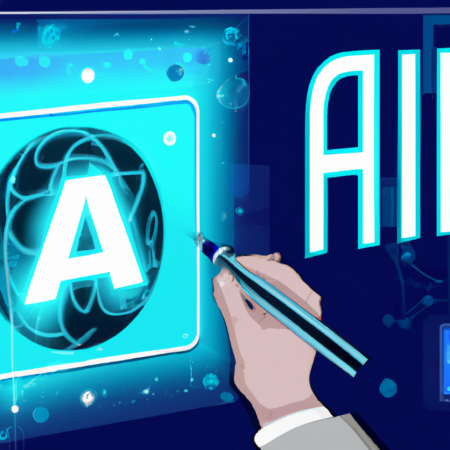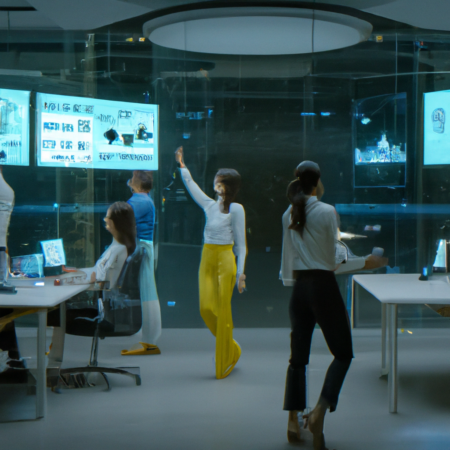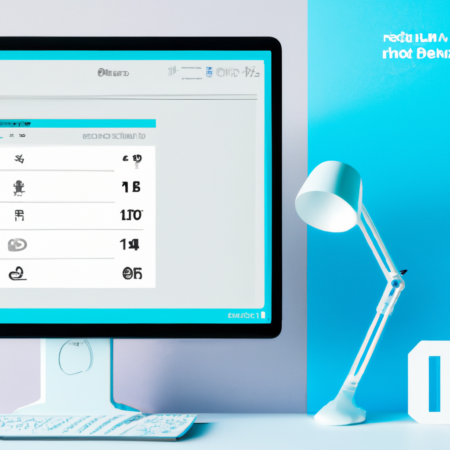The Future of UX: Trends and Predictions for 2025
As we look towards the second quarter of 2025, the field of User Experience (UX) is evolving more rapidly than ever. With technological advancements and changing user expectations, UX designers are faced with new challenges and opportunities. This blog post explores the emerging trends in UX design that are shaping the future of how we interact with digital products.
1. Enhanced Personalization Through AI
Artificial intelligence (AI) continues to play a pivotal role in personalizing user experiences. In 2025, AI-driven solutions are more sophisticated, predicting user behavior and preferences with greater accuracy. This enables designs that are not only user-friendly but also deeply personalized.
2. The Rise of Voice User Interfaces
Voice user interfaces (VUIs) are becoming more prevalent. As voice recognition technology improves, VUIs offer a hands-free, more natural way of interacting with devices, making technology accessible to a wider audience, including those with physical disabilities.
3. Virtual Reality and Augmented Reality
With VR and AR, the line between digital and physical worlds continues to blur. These technologies offer immersive experiences that revolutionize the way we shop, learn, and interact with our surroundings.
4. Ethical Design and Accessibility
There is a growing emphasis on ethical design and accessibility. More companies are recognizing the importance of creating products that are accessible to all users, including those with disabilities. This ethical approach not only broadens market reach but also ensures compliance with international standards.
5. Minimalist and Functional Aesthetics
Minimalism continues to dominate the design landscape. In 2025, UX designs are clean, with an emphasis on functionality and the removal of unnecessary elements, which enhances usability and improves overall user satisfaction.
As UX continues to evolve, staying ahead of the curve is essential for designers who want to remain competitive in this dynamic field. Embracing these trends will be key to designing successful user experiences in the future.






